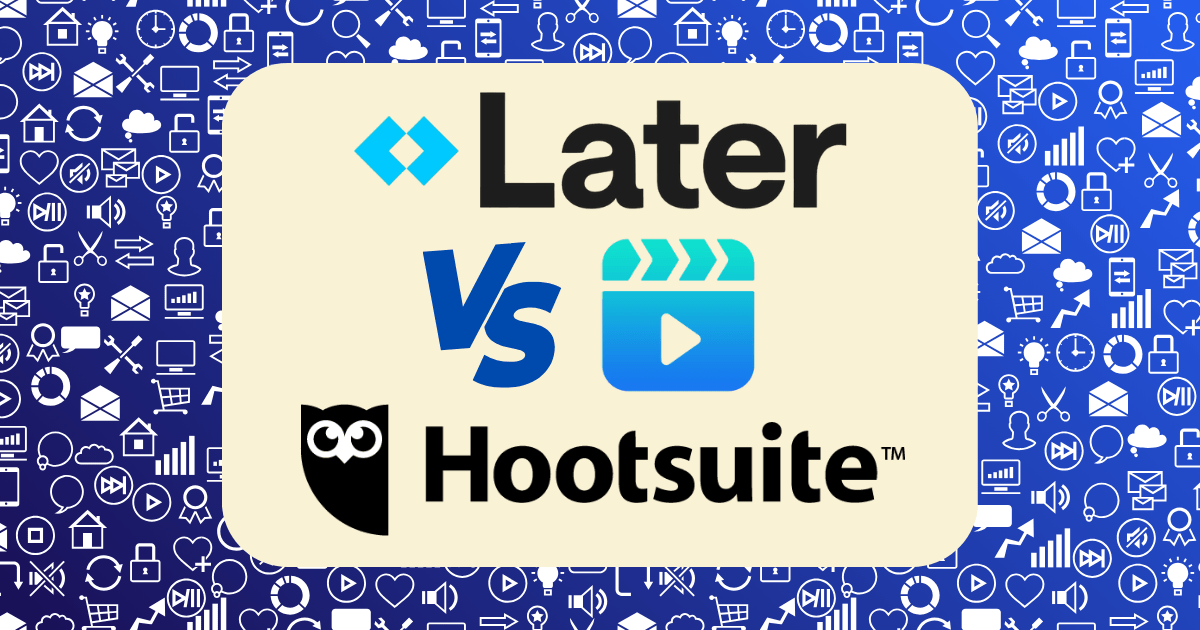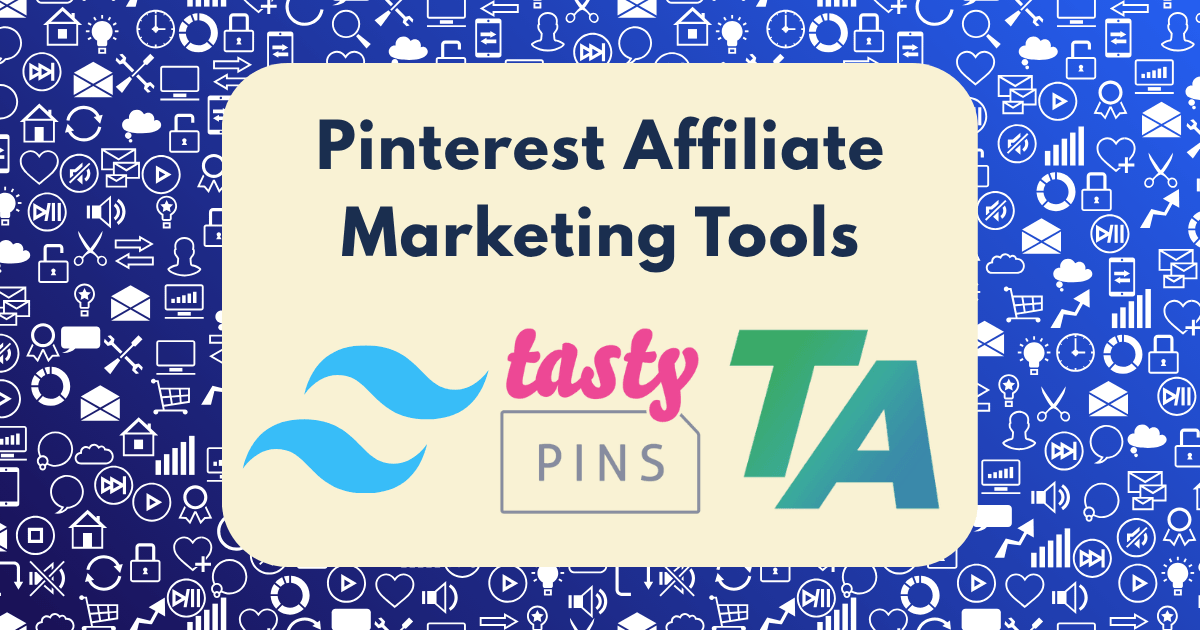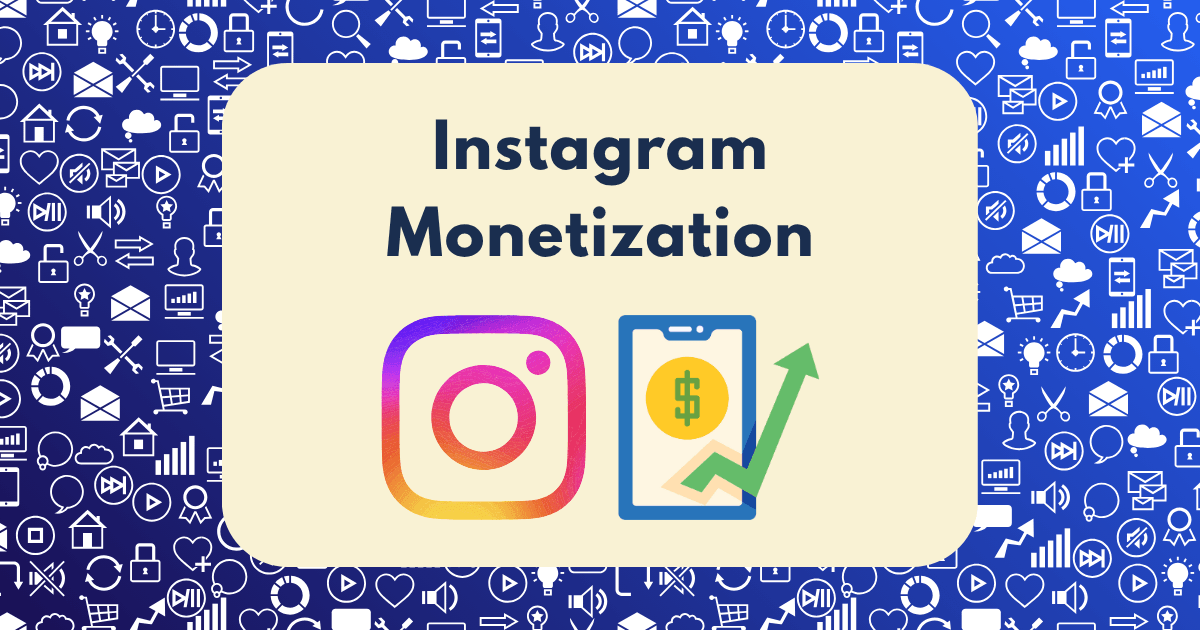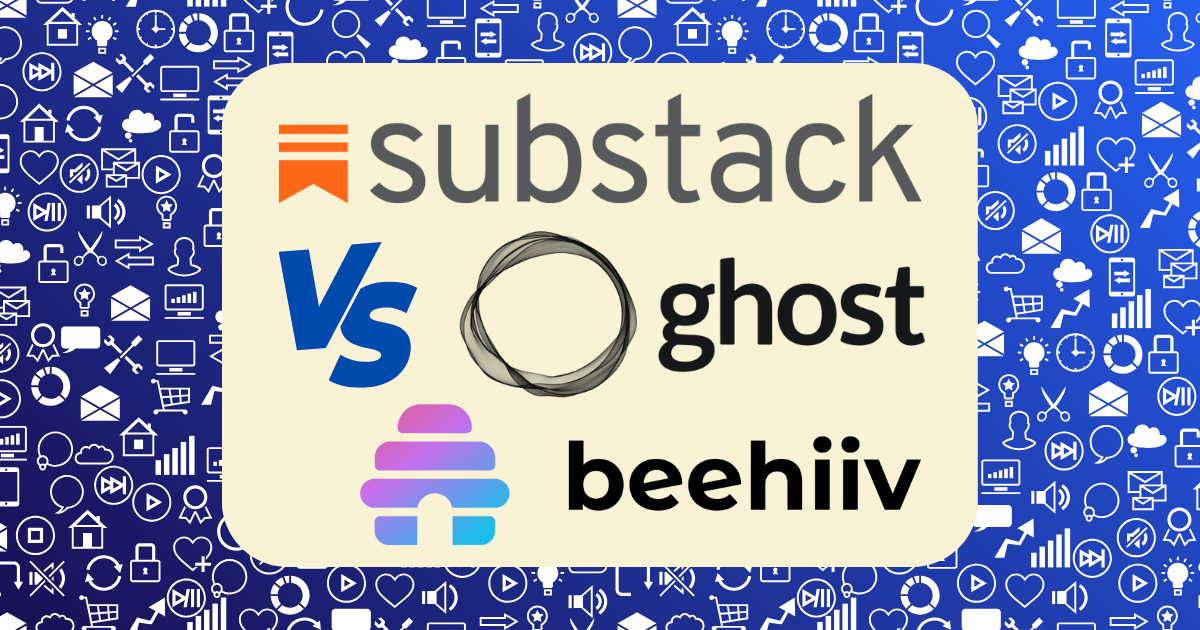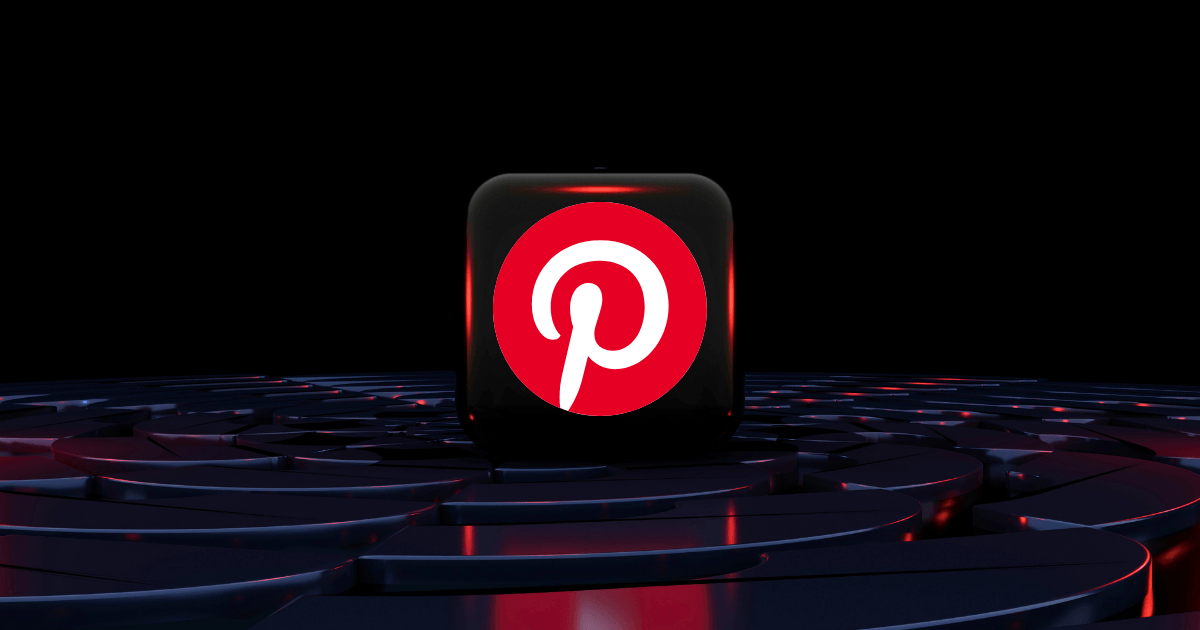Personal Brand Monetization Map: Matching Your Personality Type to the Right Revenue Model

When I started building my personal brand five years ago, I made a critical mistake that cost me thousands of dollars and countless hours.
I followed the exact monetization strategy of a successful creator I admired—without considering how fundamentally different our personalities were.
The result? I found myself hosting large-scale live events that drained my introverted nature, creating daily social media content that felt inauthentic, and pursuing sponsorship deals that made me deeply uncomfortable.
My brand was growing, but I was miserable. And my audience could sense it.
Everything changed when I realized a simple truth: the most sustainable and profitable monetization strategy is the one that aligns with your natural personality traits and preferences.
Today, I’ve built a seven-figure personal brand using revenue models that energize rather than exhaust me. And I’ve helped hundreds of creators do the same by mapping their unique personality types to compatible monetization strategies.
In this comprehensive guide, I’ll share the exact framework I use to help creators identify personality-aligned revenue models that feel authentic, sustainable, and highly profitable.
Why Personality-Revenue Alignment Matters in 2025
Before diving into specific personality types, let’s understand why this alignment is more critical than ever in today’s creator economy:
- Creator burnout epidemic: According to a 2024 study, 68% of full-time creators report experiencing burnout, with “pursuing misaligned revenue streams” cited as a primary cause
- Authenticity premium: In an AI-saturated market, authentic personal brands command 3-5x higher engagement rates and conversion rates than generic content
- Sustainable advantage: When your monetization strategy leverages your natural strengths, you can maintain consistency while your competitors struggle with strategies that drain them
- Market saturation: The creator economy is projected to reach $480 billion by 2027, making personality-aligned differentiation essential for standing out
As Forbes notes, entrepreneurs who align their business models with their personality types report 47% higher satisfaction and 31% higher revenue than those pursuing misaligned models.
The Personal Brand Monetization Framework
My framework identifies four core personality dimensions that significantly impact monetization success. For each dimension, I’ll outline the optimal revenue models and provide specific implementation strategies.
Let’s explore how your unique personality profile should shape your monetization approach:
Dimension 1: Energy Management (Introversion vs. Extroversion)
How you gain and expend energy is perhaps the most critical factor in sustainable monetization.
Introvert-Optimized Monetization Strategies
Introverts recharge through solitude and often prefer deeper, one-to-few interactions over broad, high-energy engagement.
Ideal Revenue Models for Introverts:
- Digital Products & Courses
- Why it works: Create once, sell repeatedly with minimal ongoing social interaction
- Revenue potential: $30,000-$1,000,000+ annually (Starter Story, 2025)
- Implementation strategy: Focus on comprehensive, detailed courses with high production value rather than personality-driven content
- Specialized Consulting
- Why it works: Deep, focused interactions with select clients rather than constant networking
- Revenue potential: $50,000-$500,000+ annually
- Implementation strategy: Position yourself as a specialist rather than a generalist to attract ideal clients who value your specific expertise
- Affiliate Marketing for Trusted Products
- Why it works: Leverage written content and thoughtful reviews rather than high-energy sales pitches
- Revenue potential: $20,000-$200,000+ annually
- Implementation strategy: Create in-depth comparison guides and honest reviews of products you genuinely use
- Premium Newsletters or Membership Sites
- Why it works: Allows for thoughtful, written communication on your own schedule
- Revenue potential: $50,000-$300,000+ annually
- Implementation strategy: Focus on exclusive, high-value content delivered consistently rather than constant community engagement
- Technical or Creative Services
- Why it works: Allows focus on craft rather than self-promotion
- Revenue potential: $50,000-$200,000+ annually
- Implementation strategy: Let your portfolio and case studies do the selling while you focus on delivering exceptional work
Example: Mark Manson built a multi-million dollar personal brand through thoughtful long-form articles, bestselling books, and a premium newsletter—all introvert-friendly monetization strategies that don’t require constant public appearance or high-energy content creation.
Extrovert-Optimized Monetization Strategies
Extroverts gain energy through social interaction and often thrive in dynamic, people-focused environments.
Ideal Revenue Models for Extroverts:
- High-Ticket Group Programs
- Why it works: Leverages natural ability to energize and connect with groups
- Revenue potential: $100,000-$1,000,000+ annually
- Implementation strategy: Create cohort-based programs with significant live interaction components
- Speaking and Live Events
- Why it works: Utilizes natural charisma and energy in front of audiences
- Revenue potential: $50,000-$500,000+ annually (with potential for much higher with growing platform)
- Implementation strategy: Start with industry conferences, then develop signature talks that can command premium fees
- Community Building and Facilitation
- Why it works: Capitalizes on natural networking abilities and connection-making
- Revenue potential: $100,000-$500,000+ annually through membership fees
- Implementation strategy: Create paid communities where your energy and facilitation skills become the primary value proposition
- Influencer Marketing and Sponsorships
- Why it works: Leverages comfort with visibility and promoting products enthusiastically
- Revenue potential: $50,000-$1,000,000+ annually depending on niche and audience size
- Implementation strategy: Focus on authentic partnerships with brands that align with your natural enthusiasm
- Live Coaching or Consulting
- Why it works: Utilizes energy gained from one-on-one interaction
- Revenue potential: $75,000-$500,000+ annually
- Implementation strategy: Structure packages that include significant face time rather than behind-the-scenes work
Example: Gary Vaynerchuk built his personal brand through high-energy speaking engagements, constant social media presence, and dynamic community building—all strategies that would quickly drain an introvert but energize his extroverted personality.
Dimension 2: Decision-Making Style (Analytical vs. Intuitive)
How you process information and make decisions significantly impacts which monetization models will feel authentic and sustainable.
Analytical Personality Monetization Strategies
Analytical types prefer data-driven approaches, logical frameworks, and systematic processes.
Ideal Revenue Models for Analytical Types:
- Data-Driven Consulting
- Why it works: Leverages natural affinity for metrics and measurable outcomes
- Revenue potential: $100,000-$500,000+ annually
- Implementation strategy: Create proprietary frameworks and methodologies backed by case studies with clear ROI
- Technical Education Products
- Why it works: Allows for structured, logical teaching of complex subjects
- Revenue potential: $50,000-$300,000+ annually
- Implementation strategy: Develop step-by-step courses with clear learning outcomes and measurable results
- Software or Tool Creation
- Why it works: Translates analytical thinking into practical solutions
- Revenue potential: $100,000-$1,000,000+ annually
- Implementation strategy: Identify process inefficiencies in your industry and create tools to solve them
- Research Reports and Analysis
- Why it works: Monetizes natural investigative and analytical abilities
- Revenue potential: $50,000-$200,000+ annually
- Implementation strategy: Create premium industry reports or data analysis that decision-makers would pay for
- Systems and Process Optimization
- Why it works: Capitalizes on ability to identify inefficiencies and create solutions
- Revenue potential: $75,000-$300,000+ annually
- Implementation strategy: Offer audits and implementation services for businesses seeking optimization
Example: Ahrefs founder Dmitry Gerasimenko built a personal brand and company around data-driven SEO analysis, creating tools and educational content that appeal to analytically-minded marketers and business owners.
Intuitive Personality Monetization Strategies
Intuitive types excel at seeing patterns, making creative connections, and envisioning possibilities.
Ideal Revenue Models for Intuitive Types:
- Transformational Coaching
- Why it works: Leverages ability to see potential and pathways others miss
- Revenue potential: $75,000-$500,000+ annually
- Implementation strategy: Focus on breakthrough moments and paradigm shifts rather than incremental improvements
- Creative Direction and Strategy
- Why it works: Monetizes natural vision-casting and big-picture thinking
- Revenue potential: $100,000-$400,000+ annually
- Implementation strategy: Position yourself as the visionary who helps clients see new possibilities
- Trend Analysis and Future Forecasting
- Why it works: Capitalizes on pattern recognition and predictive abilities
- Revenue potential: $75,000-$300,000+ annually
- Implementation strategy: Create premium content around emerging trends and future scenarios in your industry
- Innovation Consulting
- Why it works: Utilizes ability to make unexpected connections between ideas
- Revenue potential: $100,000-$500,000+ annually
- Implementation strategy: Develop workshops and programs that help businesses break out of conventional thinking
- Concept Development
- Why it works: Monetizes ability to generate novel ideas and approaches
- Revenue potential: $50,000-$250,000+ annually
- Implementation strategy: Offer ideation services for businesses seeking fresh perspectives
Example: Marie Forleo built her multi-million dollar personal brand around intuitive business coaching, focusing on helping entrepreneurs align their businesses with their intuition and values rather than purely data-driven approaches.
Dimension 3: Communication Style (Detailed vs. Conceptual)
Your natural communication preferences greatly impact which content formats and teaching styles will feel authentic and engaging.
Detailed Communicator Monetization Strategies
Detailed communicators excel at step-by-step instruction, thorough explanations, and precise implementation guidance.
Ideal Revenue Models for Detailed Communicators:
- Technical Tutorials and Courses
- Why it works: Leverages ability to break down complex processes into manageable steps
- Revenue potential: $50,000-$300,000+ annually
- Implementation strategy: Create comprehensive, step-by-step courses with detailed instructions and examples
- Implementation Services
- Why it works: Monetizes talent for executing plans with precision
- Revenue potential: $75,000-$350,000+ annually
- Implementation strategy: Offer done-for-you services where attention to detail creates premium value
- Standard Operating Procedure (SOP) Creation
- Why it works: Capitalizes on natural documentation abilities
- Revenue potential: $50,000-$200,000+ annually
- Implementation strategy: Help businesses document and optimize their processes
- Technical Writing and Documentation
- Why it works: Directly monetizes clear, precise communication skills
- Revenue potential: $60,000-$150,000+ annually
- Implementation strategy: Create premium guides, manuals, or documentation for complex subjects
- Specialized Troubleshooting
- Why it works: Utilizes methodical problem-solving abilities
- Revenue potential: $75,000-$250,000+ annually
- Implementation strategy: Position yourself as the expert who solves problems others can’t through careful analysis
Example: Pat Flynn built his Smart Passive Income brand by providing incredibly detailed, step-by-step tutorials on online business strategies, appealing to those who appreciate thorough, methodical instruction.
Conceptual Communicator Monetization Strategies
Conceptual communicators excel at conveying big ideas, frameworks, and philosophies that inspire action.
Ideal Revenue Models for Conceptual Communicators:
- Thought Leadership Speaking
- Why it works: Leverages ability to inspire with big ideas and concepts
- Revenue potential: $75,000-$500,000+ annually
- Implementation strategy: Develop signature talks around transformative concepts rather than tactical details
- Philosophy-Based Books and Products
- Why it works: Monetizes unique worldview and conceptual frameworks
- Revenue potential: $50,000-$1,000,000+ annually with successful books
- Implementation strategy: Focus on developing distinctive philosophies and approaches rather than step-by-step guides
- Brand Strategy Consulting
- Why it works: Utilizes big-picture thinking and conceptual frameworks
- Revenue potential: $100,000-$500,000+ annually
- Implementation strategy: Help businesses articulate their vision, mission, and values rather than tactical implementation
- Paradigm-Shifting Workshops
- Why it works: Capitalizes on ability to change how people see fundamental issues
- Revenue potential: $75,000-$350,000+ annually
- Implementation strategy: Create immersive experiences that transform perspectives rather than teach specific skills
- Visionary Advisory Services
- Why it works: Monetizes ability to see future directions and possibilities
- Revenue potential: $100,000-$400,000+ annually
- Implementation strategy: Position yourself as the advisor who helps leaders see around corners
Example: Simon Sinek built his personal brand around conceptual frameworks like “Start With Why,” focusing on inspiring philosophical shifts rather than detailed tactical instruction.
Dimension 4: Risk Tolerance (Security-Focused vs. Growth-Focused)
Your comfort level with uncertainty and financial risk should directly influence your monetization timeline and business model.
Security-Focused Personality Monetization Strategies
Security-focused individuals prefer stable, predictable income streams with lower volatility.
Ideal Revenue Models for Security-Focused Types:
- Subscription-Based Products
- Why it works: Creates predictable, recurring revenue
- Revenue potential: $50,000-$500,000+ annually with sufficient subscribers
- Implementation strategy: Focus on retention and consistent value delivery rather than constant new customer acquisition
- Retainer-Based Services
- Why it works: Provides stable monthly income with long-term clients
- Revenue potential: $75,000-$300,000+ annually
- Implementation strategy: Structure service packages as ongoing retainers rather than one-off projects
- Diversified Income Streams
- Why it works: Reduces dependency on any single revenue source
- Revenue potential: Varies based on combination of streams
- Implementation strategy: Develop 3-5 complementary revenue streams that can support each other during fluctuations
- Licensed Content or Intellectual Property
- Why it works: Creates passive income through licensing agreements
- Revenue potential: $30,000-$200,000+ annually
- Implementation strategy: Develop frameworks, methodologies, or content that others would pay to license
- Strategic Partnerships
- Why it works: Shares risk across multiple parties
- Revenue potential: $50,000-$300,000+ annually
- Implementation strategy: Create revenue-sharing arrangements with complementary brands or creators
Example: Michael Hyatt built his personal brand with a strong focus on subscription products, book royalties, and licensing deals—creating multiple stable income streams rather than high-risk, high-reward ventures.
Growth-Focused Personality Monetization Strategies
Growth-focused individuals are comfortable with volatility in exchange for higher upside potential.
Ideal Revenue Models for Growth-Focused Types:
- High-Ticket Launches
- Why it works: Creates significant revenue spikes that fund growth periods
- Revenue potential: $100,000-$1,000,000+ per launch
- Implementation strategy: Develop premium offerings with periodic enrollment windows to create urgency
- Equity-Based Partnerships
- Why it works: Trades immediate income for long-term growth potential
- Revenue potential: Highly variable with significant upside
- Implementation strategy: Structure deals with revenue sharing or equity components rather than fixed fees
- Scalable Digital Products
- Why it works: Requires significant upfront investment with unlimited scaling potential
- Revenue potential: $50,000-$1,000,000+ annually with successful scaling
- Implementation strategy: Focus on creating exceptional products that can scale without your direct involvement
- Investment-Backed Ventures
- Why it works: Uses outside capital to accelerate growth beyond organic means
- Revenue potential: Highly variable with significant upside
- Implementation strategy: Structure your personal brand as a scalable business that can attract investment
- Emerging Platform Monetization
- Why it works: Early adoption of new platforms can yield outsized returns
- Revenue potential: Highly variable with significant upside
- Implementation strategy: Allocate a portion of resources to emerging platforms with high growth potential
Example: Alex Hormozi built his personal brand through high-risk, high-reward strategies like equity deals with businesses he advises and significant reinvestment of profits into growth rather than stable income extraction.
Creating Your Personal Brand Monetization Map
Now that we’ve explored each personality dimension, it’s time to create your personalized monetization map. Follow these steps:
Step 1: Self-Assessment
For each dimension, identify where you naturally fall on the spectrum:
- Energy Management: Strongly Introverted (1) to Strongly Extroverted (10)
- Decision-Making: Highly Analytical (1) to Highly Intuitive (10)
- Communication Style: Very Detailed (1) to Very Conceptual (10)
- Risk Tolerance: Security-Focused (1) to Growth-Focused (10)
Step 2: Primary Monetization Selection
Based on your strongest personality traits, select 1-2 primary monetization strategies that align with your natural tendencies. These should form the core of your revenue model.
Step 3: Complementary Strategy Selection
Identify 1-2 additional strategies that:
- Complement your primary strategies
- Address different stages of your audience journey
- Provide balance to your overall business model
Step 4: Implementation Timeline
Create a 12-month implementation plan that:
- Starts with the strategy most aligned with your strongest traits
- Gradually incorporates complementary strategies
- Includes specific revenue targets for each stream
Step 5: Strength-Based Marketing Approach
Develop a marketing approach that leverages your natural communication style:
- Introverts might focus on written content and one-to-one outreach
- Extroverts might emphasize video content and live events
- Analytical types might showcase data and case studies
- Intuitive types might focus on vision and transformation stories
Hybrid Personality Types and Monetization Strategies
Many people don’t fit neatly into single categories. Here are effective strategies for common hybrid personality types:
The Analytical Introvert
Optimal Monetization Mix:
- Premium technical courses with detailed implementation guides
- Data-driven membership site with minimal live interaction
- Specialized software tools or templates
- In-depth research reports or analysis
Implementation Strategy: Focus on creating exceptional, detail-rich digital products that demonstrate your expertise without requiring constant social interaction.
The Intuitive Extrovert
Optimal Monetization Mix:
- Transformational group programs with significant live components
- High-energy speaking engagements focused on big ideas
- Community-building with a vision-focused approach
- Brand partnerships that align with your philosophical approach
Implementation Strategy: Create experiences that allow you to share your vision and energy with groups, focusing on transformation rather than technical details.
The Detailed Extrovert
Optimal Monetization Mix:
- Live workshops with step-by-step implementation
- Group coaching programs with accountability components
- Implementation-focused mastermind groups
- Technical training with high-touch support
Implementation Strategy: Leverage your social energy and detailed approach to help groups implement specific strategies with precision and accountability.
The Conceptual Introvert
Optimal Monetization Mix:
- Thought leadership books and philosophical frameworks
- Premium newsletters focused on big-picture analysis
- Strategic advisory services for select clients
- Concept-focused online courses with minimal live components
Implementation Strategy: Focus on sharing your conceptual insights through scalable content that doesn’t require constant social interaction.
Common Monetization Misalignments to Avoid
Based on my work with hundreds of creators, here are the most common personality-monetization misalignments that lead to burnout and reduced profits:
Introverts Attempting Extroverted Monetization Models
Common Mistake: Introverts trying to build personal brands around constant live video, networking events, or high-touch group programs.
Warning Signs:
- Dreading your content calendar or client interactions
- Needing excessive recovery time after work activities
- Inconsistent content schedule due to energy depletion
Solution: Shift to more introvert-friendly monetization strategies like digital products, written content, or one-to-one services with clear boundaries.
Detail-Oriented Types Pursuing Conceptual Business Models
Common Mistake: Detail-oriented individuals trying to position themselves as visionary thought leaders without concrete implementation guidance.
Warning Signs:
- Struggling to create broad, conceptual content
- Audience feedback requesting more specific guidance
- Feeling inauthentic when presenting high-level concepts
Solution: Embrace your detail orientation by creating step-by-step implementation programs, technical tutorials, or process optimization services.
Security-Focused Types Pursuing High-Risk Models
Common Mistake: Security-focused individuals attempting all-or-nothing launch strategies or betting everything on single revenue streams.
Warning Signs:
- Persistent anxiety about business finances
- Difficulty making decisions due to fear of consequences
- Inconsistent execution due to risk aversion
Solution: Build multiple, stable revenue streams with predictable income patterns and gradual growth trajectories.
Conceptual Thinkers Creating Detailed Implementation Programs
Common Mistake: Big-picture thinkers creating detailed, step-by-step implementation programs they struggle to teach effectively.
Warning Signs:
- Difficulty breaking concepts into sequential steps
- Frustration when explaining technical details
- Audience confusion about implementation specifics
Solution: Partner with detail-oriented implementers or focus on inspiration and strategy rather than tactical execution.
The Future of Personality-Based Monetization
As we move through 2025 and beyond, several trends are reshaping how personality types can monetize personal brands:
1. AI Complementation
AI tools are increasingly allowing creators to complement their natural strengths:
- Introverts can use AI for consistent content creation while focusing energy on strategy
- Detail-oriented types can use AI to help identify broader patterns and conceptual frameworks
- Conceptual thinkers can use AI to help break big ideas into implementable steps
2. Hybrid Business Models
The most successful personal brands are developing hybrid models that combine:
- Digital products for scalability
- Community elements for engagement
- Service components for premium pricing
- Content for audience building
3. Team-Based Personal Brands
Forward-thinking creators are building teams that complement their personality traits:
- Introverted strategists partnering with extroverted promoters
- Conceptual visionaries teaming with detailed implementers
- Risk-takers collaborating with stability-focused operators
4. Platform Diversification
Successful creators are matching platform selection to personality type:
- Written platforms (Substack, Medium) for introverted, detailed communicators
- Video platforms (YouTube, TikTok) for extroverted, conceptual communicators
- Audio platforms (Podcasts) for those who communicate best verbally
- Visual platforms (Instagram, Pinterest) for visually-oriented communicators
Final Thoughts: Authenticity as Your Greatest Monetization Asset
The most valuable insight I’ve gained from building my own personal brand and helping hundreds of others is this: authenticity isn’t just about being true to yourself—it’s your greatest business asset.
When your monetization strategy aligns with your natural personality traits, you create from a place of energy rather than depletion. You show up consistently rather than sporadically. You communicate with clarity rather than confusion.
And most importantly, you build a sustainable business that supports your life, rather than a life constantly strained by supporting your business.
The creator economy will continue to evolve, but this fundamental truth will remain: the most successful personal brands are built on business models that honor the unique personality of their creator.
What monetization strategies align with your authentic self?


